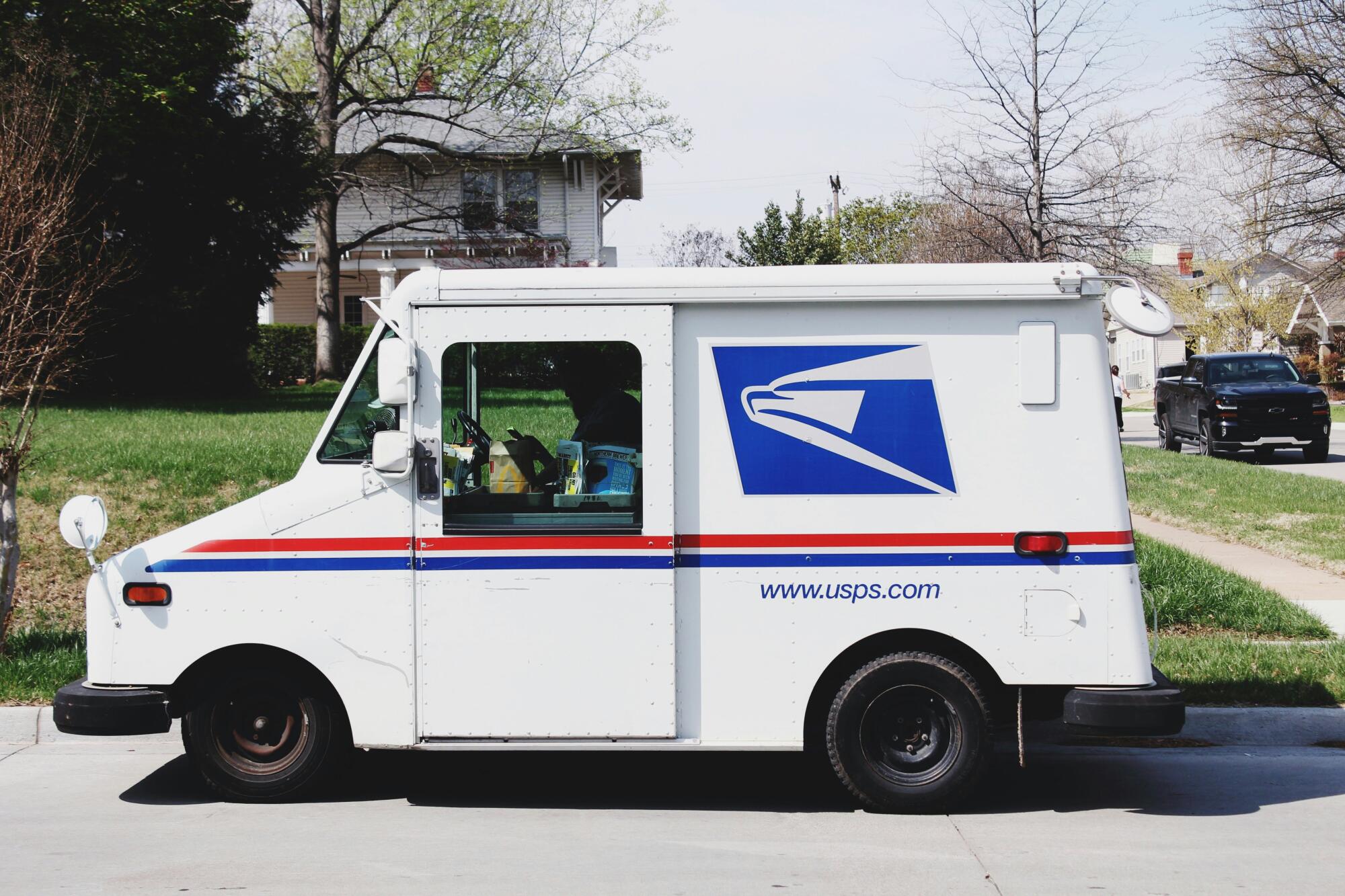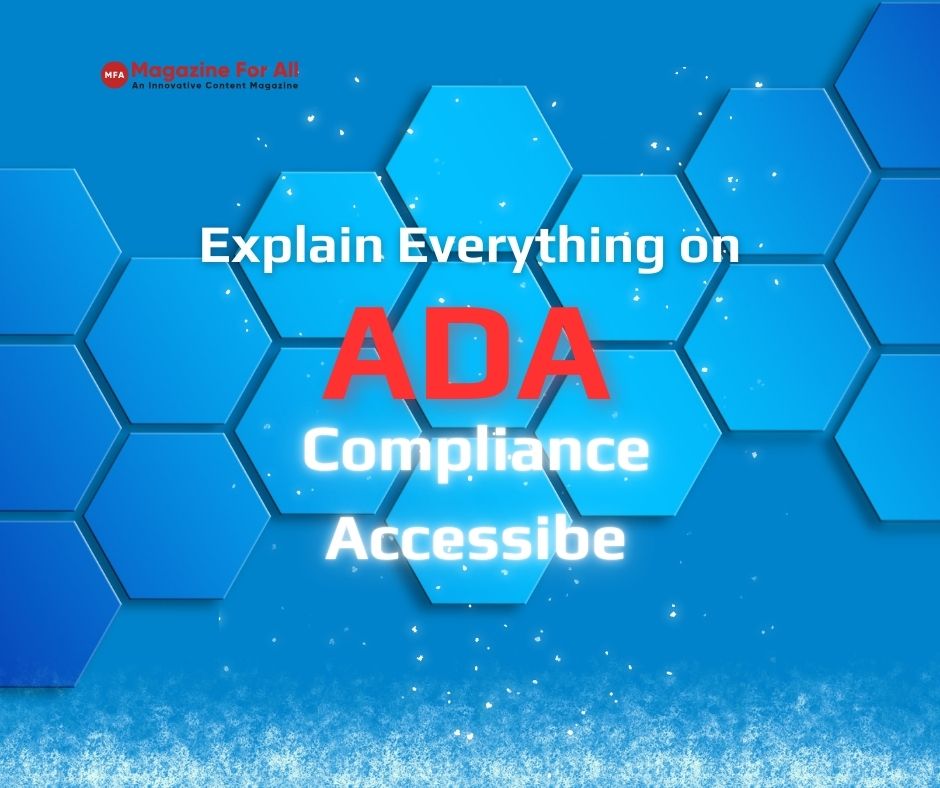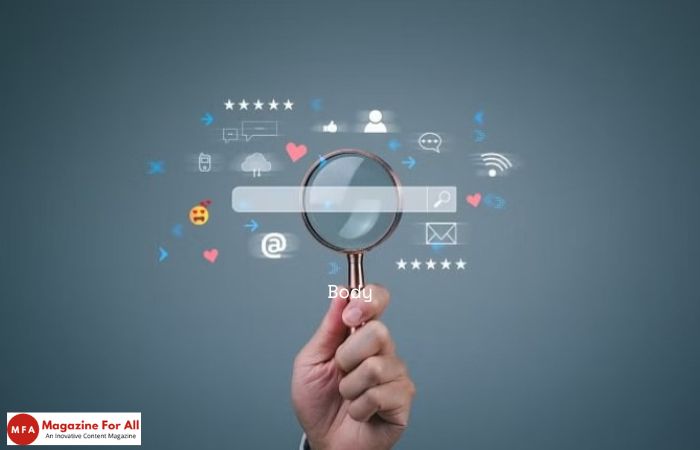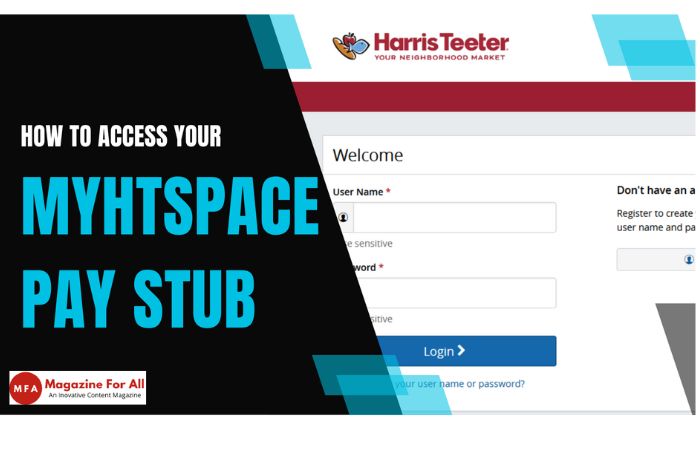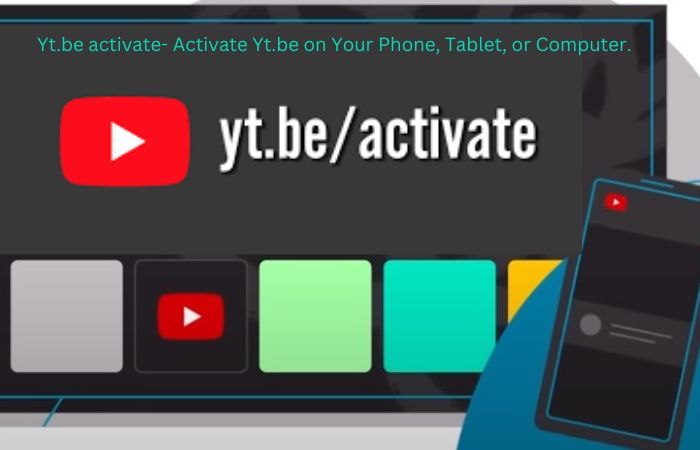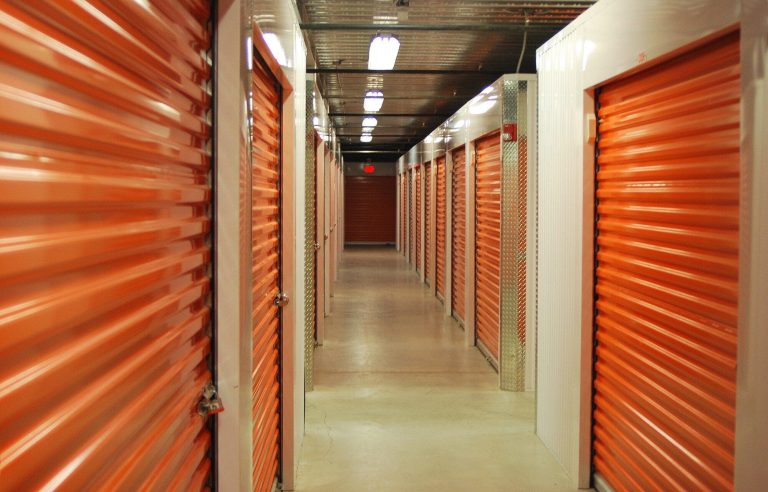Mailing services have changed a lot over the years. Whether you’re sending an email or a physical letter, keeping your messages safe is more important than ever. Hackers, scammers, and even dishonest insiders can try to steal or tamper with your mail. That’s why modern mailing services-both digital and physical-now include strong security features.
In this article, we’ll look at the top security tools and features that protect our messages today. Read on.
End-to-End Encryption
End-to-end encryption is one of the most powerful tools for email security. It keeps your message private from the moment you send it until the moment the other person opens it.
The message is turned into unreadable code on your device and can only be decoded by the person you’re sending it to. Even the email provider (like Gmail or ProtonMail) can’t read it. This makes it almost impossible for hackers or outsiders to spy on your messages.
Two-Factor Authentication (2FA)
Two-factor authentication adds an extra layer of protection to your email account. It requires two things to log in: your password and a second step-like a code sent to your phone or a fingerprint scan.
Even if someone knows your password, they won’t be able to log in without this second step. Many email services like Gmail, Outlook, and Yahoo now offer or require 2FA for extra security.
Secure Sending and Receiving Protocols
Modern email systems use secure protocols to protect messages while they’re being sent or received.
For example, Transport Layer Security (TLS) encrypts emails as they travel between servers. This means your message is protected while it’s “on the move.” Other secure versions of sending (SMTP) and receiving (IMAP) protocols also keep messages safe from being intercepted or changed during delivery.
These protocols work behind the scenes, but they play a big role in keeping your email private. Check out some sites for more info, such as does UPS do certified mail?
Protection from Spam and Phishing
Spam and phishing emails can trick people into clicking harmful links or sharing private information. That’s why modern mailing services use advanced tools to block them.
Many systems use artificial intelligence and machine learning to spot suspicious emails. They also check if the sender’s address is real using tools like SPF, DKIM, and DMARC. These systems help stop fake emails before they reach your inbox.
By filtering out dangerous messages, email services protect users from scams and identity theft.
Safer Physical Mail Delivery
Physical mailing services like FedEx, USPS, or DHL also use security measures to protect your letters and packages.
Tamper-evident packaging lets you see if someone tried to open the mail. Tracking numbers and barcodes let you follow your mail from start to finish. Some deliveries even require a signature, proving it was handed to the right person.
These steps make physical mail much more secure than it used to be.
Data Loss Prevention (DLP)
In workplaces, email systems often include data loss prevention tools. These tools stop sensitive information from being sent to the wrong people.
For example, if someone tries to email a file with credit card numbers or personal health data, the system can block the message or encrypt it. Companies use DLP to follow privacy laws like GDPR or HIPAA.
This helps protect private customer or employee data from leaking outside the organization.
Zero Trust Security Model
Many mailing services now follow a “zero trust” security model. This means no user or device is trusted automatically, even if they’re inside a company network.
Before someone can access mail, the system checks their identity, device, and location. It also limits access to only what the person needs. This reduces the risk of insider threats or hackers moving around freely if they get inside a system.
Self-Destructing and Expiring Emails
Some services let you send emails that delete themselves after being read or after a set amount of time.
This is useful when sharing private or temporary information. For example, Gmail’s “Confidential Mode” lets users set expiration dates and stop people from forwarding or downloading the email.
These features help make sure messages don’t stay online longer than needed.
Encrypted Attachments and File Sharing
Attachments can carry viruses or expose sensitive data, so modern mailing services treat them carefully.
Some services scan attachments for malware before delivering them. Others use encrypted cloud links instead of direct file attachments. These links can be set to expire or require a password to open.
You can also use password-protected PDF files or ZIP folders for extra safety. These steps help protect both the sender and the receiver.
Educating Users About Security
Even the best security tools can’t stop every threat. That’s why modern mailing services focus on helping users recognize risks and stay safe.
For example, email systems often send alerts when there’s a suspicious login attempt. Some businesses also train employees to spot phishing scams using fake test emails.
Many platforms display warnings when you receive messages from unknown or dangerous sources. Teaching users how to avoid threats is one of the most effective ways to stay secure.
Why These Features Matter
Security in mailing services isn’t just for big companies. Every user-whether you’re a student, small business owner, or government worker-can benefit from better email protection.
Cybercriminals are always coming up with new ways to steal data or trick people. At the same time, privacy is becoming more important to everyone. These security features help ensure that your messages, files, and personal information are only seen by the people you trust.
Keep Your Mails Safe While in Transit
Modern mailing services have come a long way. Whether it’s through encryption, smart filters, better tracking, or simple tools like two-factor authentication, these services are built to keep your communication safe.
As threats continue to grow, it’s smart to use a mailing service that includes these features. It’s also important to stay informed and practice good habits-like using strong passwords and being careful with unknown links.
If you want to read more articles, visit our blog.


